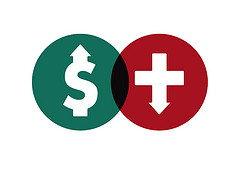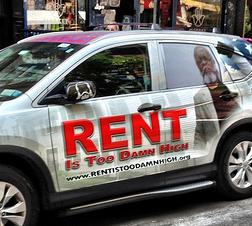
I am not going to call it “Obamacare” since most of it existed long before we’d heard of that guy, and I am not going to call it “health insurance” since it only applies to medical costs, which have just an approximate relationship to health, and it is not insurance since it is intended to pay routine costs rather than help pay for catastrophes. I suppose I might call it “diversion of productive people’s income to lobbyists and their clients” (which we might pronounce “DOPPILC”), but I’ll just call it “govcare” since it certainly involves the government and has something to do with care.
I really don’t understand it at all. Do we, the People of the United States, wish to pay whatever is necessary in order that all of us may have whatever medical treatment a group of licensed professionals assert is necessary? If so, why do we think it will not absorb 100% of our production beyond subsistence? If not, how do we decide priorities and set limits, when inevitably any limit is going to find someone very sick and very sympathy-arousing unable to afford some treatment which really would be helpful? (The answer probably has something to do with us the People of the United States behaving like adults, but if I was the very sick person in question I might have a different attitude.)
The subject is simply too big for me to comprehend, so I will just nibble around the edges. Today’s nibble is a message I received from the “health insurance” company who take a large part of my income.
Copayments do not apply to deductible or out of pocket.
Or, to put it a different way, if you purchase any considerable amount of medical treatment, what comes out of your pocket is likely to exceed the “out of pocket limit” that “your” “insurance” company proclaims. (This is in addition, of course, to the amount they already took from you to provide what they call “coverage.”
